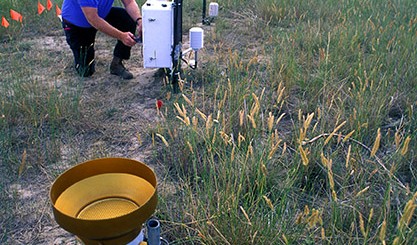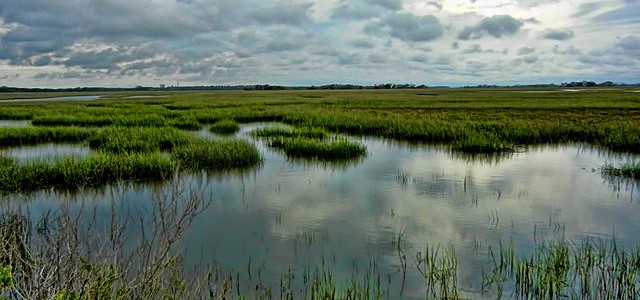Climate science
-

With Hurricane Florence gaining strength in the Atlantic and headed towards the US East Coast, today’s GCP Roadmap question is a very compelling one. How are we currently planning for extreme weather and what could we do better? Our emergency managers across the state have already spent a lot of time thinking about this, but…
-

The Royal Meteorological Society has produced a short video on how deforestation in the Amazon River basin affects the water cycle there that you might find interesting. It’s less than 3 minutes long. You can view it on YouTube at https://www.youtube.com/watch?v=LBe4LTLOLvU.
Posted in: Climate science -

I was interested to read this Physics Today article about how plants that are being affected by drought can actually change the composition of the atmosphere around them. When they are feeling the effects of drought, the plants close their stomata to decrease water loss. This reduces the amount of carbon dioxide that is used.…
-

Do you know the difference between weather and climate? You’d be surprised by how many people are confused. There are a variety of analogies that I use to describe the difference between the two. Here are some that might work for you: Climate is the clothes in your closet; weather is what you put on…
-

Earlier this weekend I posted a story about the impacts of rising sea level on water supplies in Miami. This week’s question from the Georgia Climate Project Roadmap addresses how rising sea level will affect coastal Georgia. This will include not only water supplies along the coast, but livelihoods of those who catch crab and…
-

The New York Times has an interesting interactive web site which shows you how many days per year your hometown is above 90 F now and how that is likely to change over time. It also compared your hometown to other parts of the world, many of which will feel a lot more heat than…
Posted in: Climate science -

Today is the last day of meteorological summer. Some folks have asked me whether there is any relationship between summer conditions and fall ones. In the Southeast, the answer is “not much”. There is a positive correlation, so that warmer than average summers do trend towards warmer than average falls, but it’s not strong. You…